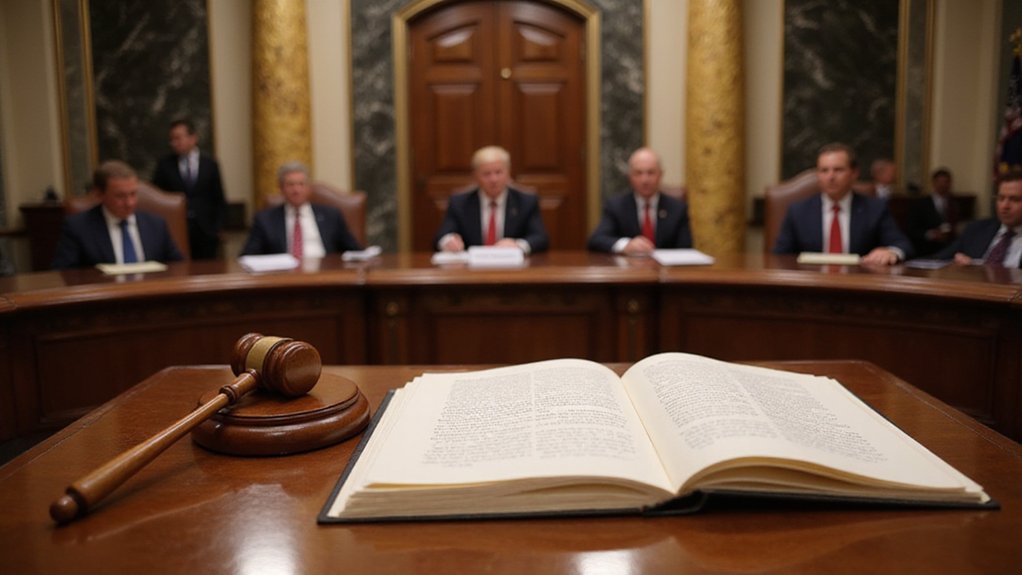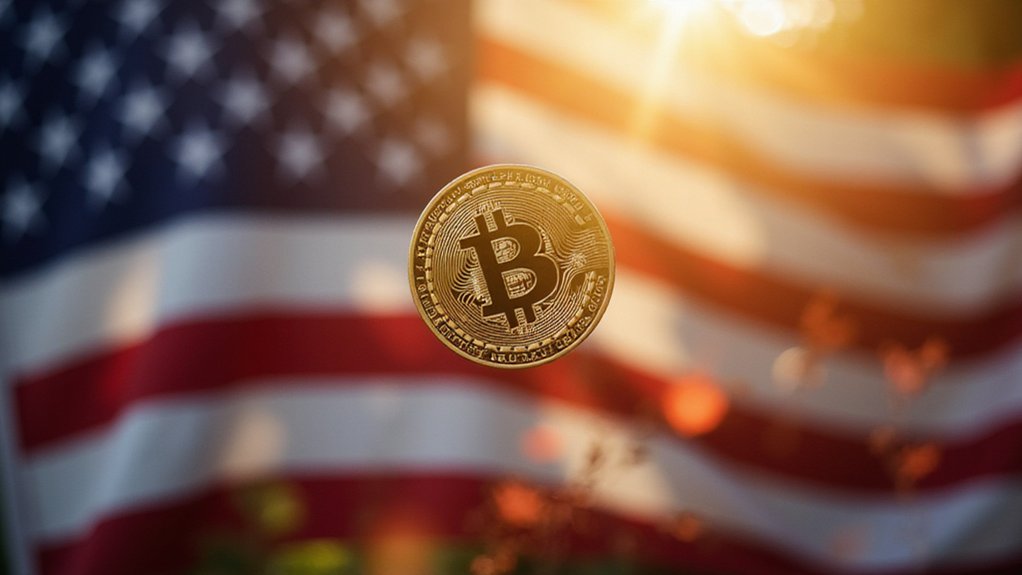Shortly after settling into the Oval Office for his second act, Trump demonstrated that his campaign promises regarding cryptocurrency weren’t merely electoral theater by establishing a digital assets working group through executive order—a move that would culminate in a 166-page manifesto outlining America’s newfound embrace of blockchain technology.
The working group, helmed by Treasury Secretary Scott Bessent and the remarkably titled “AI and Crypto Czar” David Sacks, crafted what amounts to a regulatory about-face from the Biden administration‘s decidedly frostier approach to digital assets. This thorough report prioritizes implementing the recently passed GENIUS Act‘s stablecoin provisions while simultaneously modernizing anti-money laundering frameworks—a balancing act that attempts to nurture blockchain innovation without abandoning financial oversight entirely.
Central to the administration’s strategy lies the bipartisan Clarity Act, which the report elevates to “guiding star” status for establishing cryptocurrency market guardrails. The legislation addresses market structure and oversight concerns that have plagued the sector since its inception, though broader regulatory frameworks remain entangled in Congressional debates that extend well beyond stablecoin regulation.
Perhaps most importantly, the report demands enhanced coordination between the Securities and Exchange Commission and Commodity Futures Trading Commission—two agencies whose jurisdictional disputes have historically created regulatory purgatory for digital asset innovators. The proposed solution involves “safe harbors” and regulatory sandboxes designed to expedite innovative financial product introductions while reducing bureaucratic friction.
The SEC, seemingly embracing its expanded role, pledged to leverage existing authorities while supporting new Congressional legislation to establish thorough federal digital asset frameworks. This represents a marked departure from previous agency positioning, with officials now praising Trump’s “proactive leadership” in transforming America into a global crypto hub. The administration emphasized the importance of user compliance with new security measures to protect digital asset holders.
The timing carries particular weight, arriving after the 2022 FTX collapse exposed glaring oversight deficiencies during the Biden era. The administration positions these recommendations as fostering a “golden age of crypto,” though whether unified federal rules can adequately balance innovation incentives with financial stability remains an open question—one that could determine whether America’s blockchain ambitions achieve sustainable growth or merely inflate another speculative bubble. This shift represents a decisive move away from the previous administration’s regulation by enforcement approach that created uncertainty for market participants. However, the administration acknowledged that federal crypto reserves will require additional analysis and information before implementation details can be finalized.








